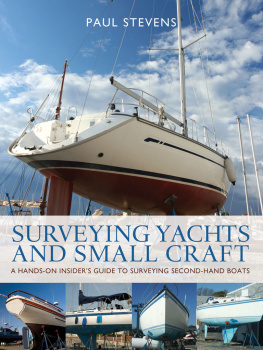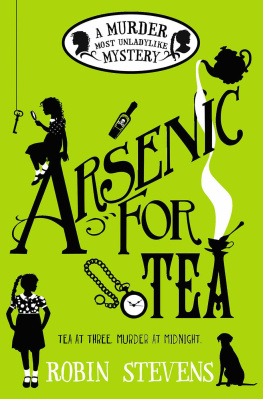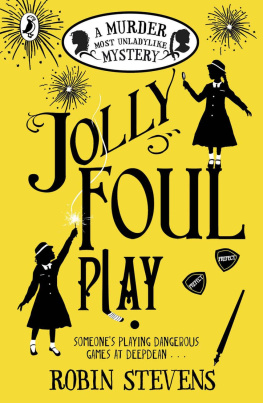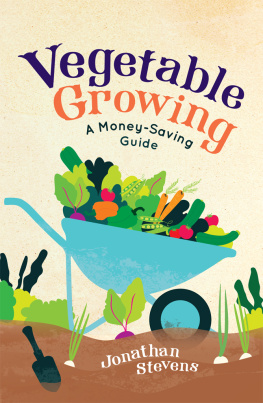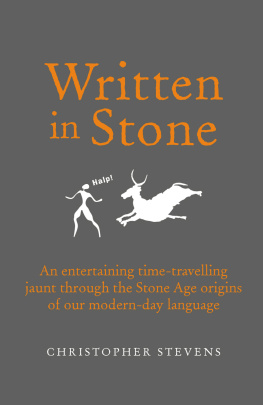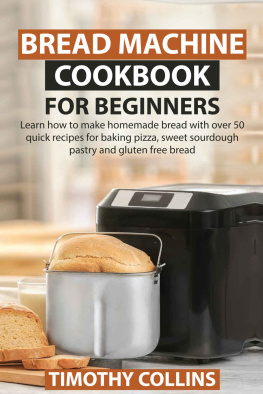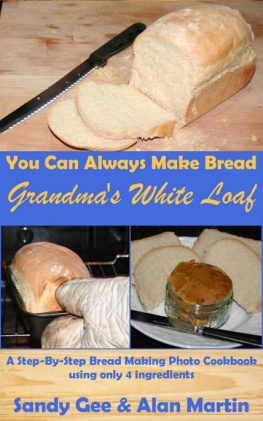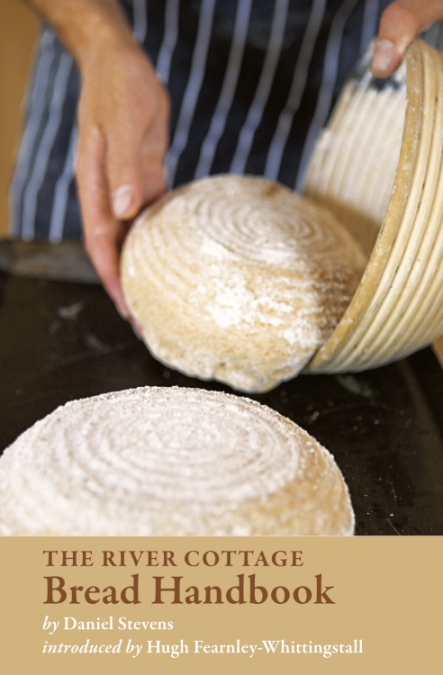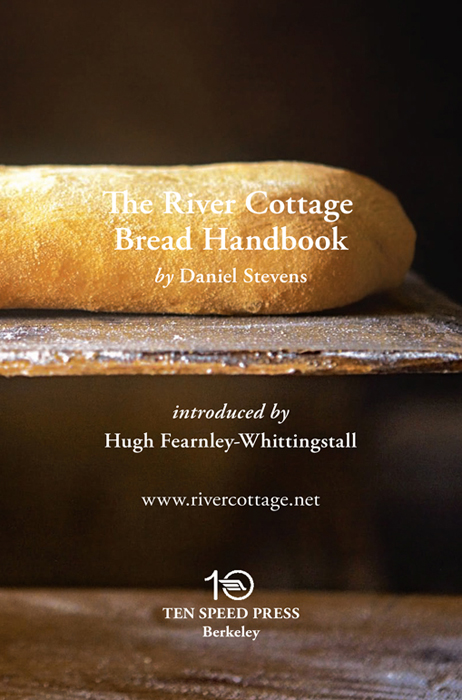Index
additives
alfalfa seeds
hazelnut cornbread
bacon
see also bread making
basil
buns
buttermilk
soda bread
candied citrus peel
caraway seeds
see also gas bubbles
cheese
chickpea flour
clay
clay ovens
cooling bread
crackers
cream
crust
cucumber
currants
lardy cake
dips
dough
durum wheat
eggs
esters
freezing
fruit
see also dried fruit
garlicky olive oil
gas bubbles
golden raisins
goats cheese
grains
grill breads
hempseeds
hydration
intermediate shaping
knives
knocking back
loaves
low-gluten breads
molasses
my sourdough
walnut and honey bread
oil
olive oil
onions
temperatures
pancakes
pumpernickel
raisins
roe
rolls
rosemary
rye berries
sour rye bread
salads
salami
sand
sandwiches
sauces
sausage meat
shaping, intermediate
smoked pollack roe
steam
stones see baking stones
superfine sugar
temperature
tomatoes
two-stage mixing method
vetkoek
wheat berries
wort
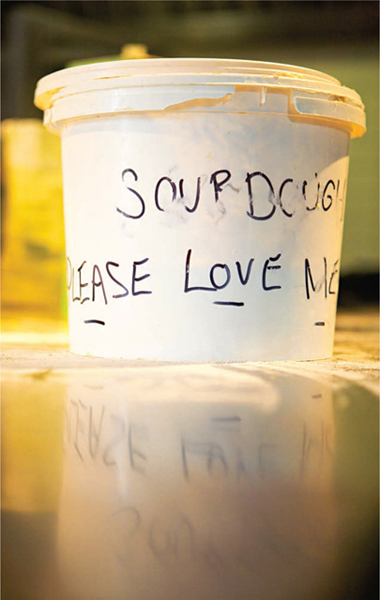
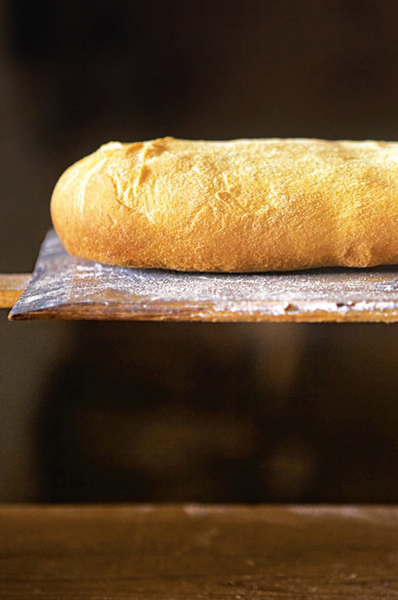
This book includes instructions on how to build a clay oven. Although every reasonable effort has been made to ensure the accuracy and reliability of these instructions, the success and safety in building the oven described in this book depend on individual accuracy, care, caution, judgment, and skill. The author and the publisher expressly disclaim any liability, loss, or risk, personal or otherwise, which is incurred as a consequence, directly or indirectly, of the use and application of those instructions or any of the contents of this book.
Copyright 2009, 2010 by Daniel Stevens
Photographs copyright 2009 by Gavin Kingcome
All rights reserved.
Published in the United States by Ten Speed Press, an imprint of the Crown Publishing Group, a division of Random House, Inc., New York.
www.crownpublishing.com
www.tenspeed.com
Ten Speed Press and the Ten Speed Press colophon are registered trademarks of Random House, Inc.
Originally published in slightly different form in Great Britain by Bloomsbury Publishing Plc, London, in 2009
Grateful acknowledgement is made to Shambhala Publications, Inc., to reprint an excerpt from The Tassajara Bread Book, by Edward Espe Brown. Copyright 1970 by the Chief Priest, Zen Center, San Francisco. Reprinted by arrangement with Shambhala Publications, Inc., Boston, www.shambhala.com.
Library of Congress Cataloging-in-Publication Data is on file with the publisher.
Stevens, Daniel (Dan)
River Cottage bread handbook / Daniel Stevens; introduction by Hugh Fearnley-Whittingstall. 1st U.S. ed.
p. cm.
Includes index.
1. Bread. 2. River Cottage (Television program) I. Title.
TX769.S7985 2010
641.8'15dc22
2010010618
eISBN: 978-1-607-74083-4
Project editor: Janet Illsley
v3.1
Contents
Bread is the staff of life, the saying goes. And in that sense it is fundamental to our subsistence. But it is also fundamental to our pleasure because good bread is the founding food of civilization. So much greater than the sum of its humble parts, it defies all logic; it is the two-plus-two-equals-five of culinary evolution.
Bread is also like humanity itself. We come in many different shapes and sizes, colors and guises, yet underneath the skin/crust, were all made of the same stuff. And the trick of achieving happiness and harmony is surely to celebrate and enjoy both our similarities and our differences with equal vigor.
You only have to start reciting the names of the finest breads of the world to begin this process of celebration: baguette, chapati, sourdough, tortilla, ciabatta, brioche its a litany of goodness. Wherever you are in the world, is there any better way of making yourself feel at home than breaking bread with the locals or if youre feeling shy, at least going to visit the local baker?
But theres no doubt that for most of us good bread still seems much easier to enjoy than to make. And I must admit that for many years bread making was, for me, something of a culinary blind spot. I largely took the view that the making of bread, like the making of wine, was something best left to the experts. I felt I could enjoy it all the more for not knowing too much about its underlying mysteries. And then I met Dan!
When he first came to work with me in the River Cottage kitchen, Dan wasnt a particularly experienced baker just a talented young chef long on the two qualities I look for in new recruits: curiosity and enthusiasm. But he soon decided to direct much of his energy and skill toward the blending of flour and yeast, in all its splendid forms. And as I watched him do so, I found myself revising my own rather hands-off approach to baking. His rapid and impressive progress was both engaging and infectious.
I saw that a form of cooking I had previously felt to be something of a dark art was as ready to reveal itself to the energy of the open-minded, risk-taking enthusiast as any other. It had suited me to leave bread making on the side I had enough other stuff on my plate. But I began to follow Dans progress, picking up a few hints and tips even as they solidified in his own mind. And I found myself becoming a better baker, just by virtue of the occasional chat with Dan and, of course, frequent sampling of his wares.
Im not in Dans league, of course. He has become a truly great baker. And a great teacher too, not least because, like all the best teachers, he is happy to acknowledge that he is still learning. What I love about this book is the irresistible way he passes on his knowledge. Like a nutty professor in his lab, he just cant wait to tell you how it all works. He hasnt lost the sense of wonder that his ingredients can really do the amazing things they do, or that the end results can be as delicious as they are.
This irrepressible enthusiasm now comes with a hefty dose of authority. Dan knows what hes talking about. He believes passionately in using the best ingredients, locally sourced where possible, and will guide you dependably to the right tools, edible and otherwise, for the job. And I can honestly say that I would now rather eat bread baked by Dan than anyone else (except perhaps my wife, who also bakes lovely bread, though sadly not nearly as often as Dan does).
And few, frankly, will be more delighted than I am to have in their hands, at last, the perfect book to help them bake better bread. This simple volume feeds my enthusiasm and knowledge, like a sourdough starter, so that I feel readier than ever to rise to the occasion. Thats because Dans creations, from the simplest flat bread to elaborate, multiseeded concoctions via the notoriously temperamental sourdoughs, are achievable and yet consistently delicious. And they are the real deal about as far from the plastic-wrapped, machine-made monstrosities that shamelessly pass themselves off under the name of bread as its possible to get.


